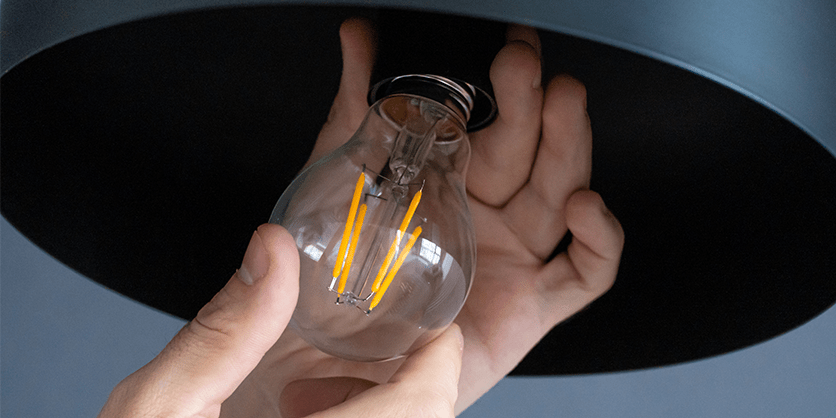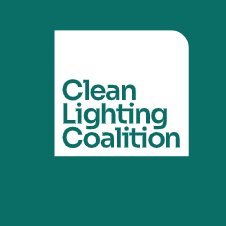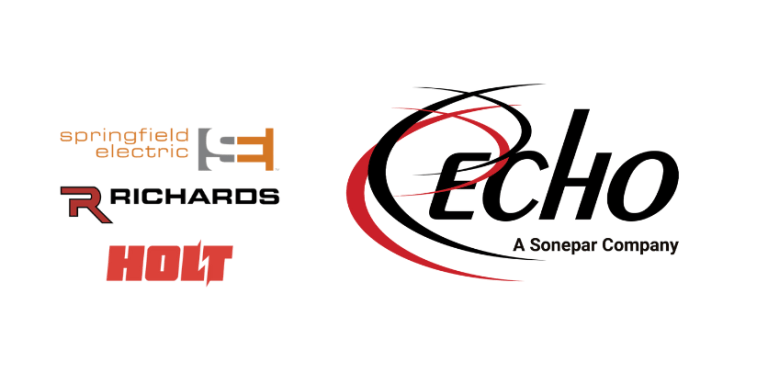Official COP5 Position of The Clean Lighting Coalition on Decisions Regarding Mercury-Containing Fluorescent Lighting
November 20, 2023

The prompt global phase out of fluorescent lamps is technologically feasible and economically justified due to the rapid development of LED lighting over the last five years. Energy-efficient retrofit LED lamps can replace fluorescents in virtually all applications.
If adopted, the cumulative (2025-2050) global benefits of phasing-out all fluorescents would:

- Eliminate 232 tonnes of mercury pollution, both from the light bulbs themselves and from avoided mercury emissions from coal-fired power plants;
- Reduce global electricity use by 3%;
- Avoid 3.5 gigatonnes of CO2 emissions cumulatively between 2025-2050; equivalent to removing all passenger cars globally from the road for a whole year; and
- Save US$1.3 trillion on electricity bills.
According to data from over 60 countries, we do not need to delay a global phase out of toxic, mercury-added fluorescent lamps any longer as cost-effective, energy-efficient and mercury-free alternatives are widely available across the globe.
The Clean Lighting Coalition’s Position
Based on the most recent market data, the Clean Lighting Coalition recommends that Parties to the Minamata Convention on Mercury COP5 adopt a phase out date for all remaining lighting categories, as described in the Africa Lighting Amendment, as early as 2025.
Read the Full Position Paper Here
More information available Here
Related Articles
2023 Technical & Economic Assessment of Mercury-Free Lighting: Global Overview & Regional Profiles
Data from 60+ countries shine a light on one crucial fact: we do not need to delay an international phase out of toxic, mercury-ladened fluorescent lamps any longer as cost-effective, energy-efficient LED alternatives are widely availability across the globe.









